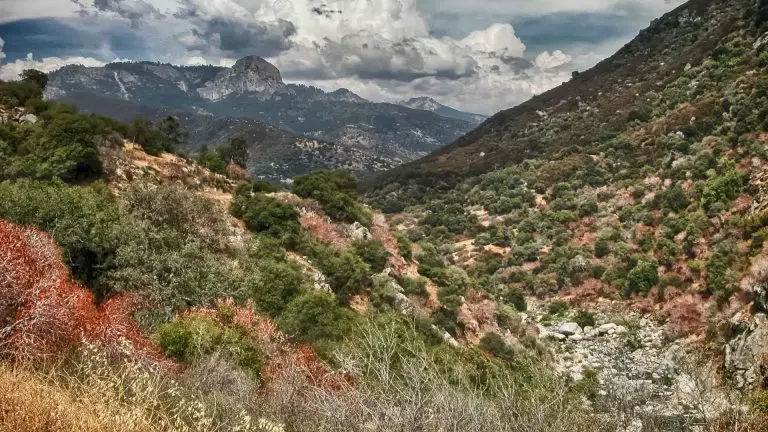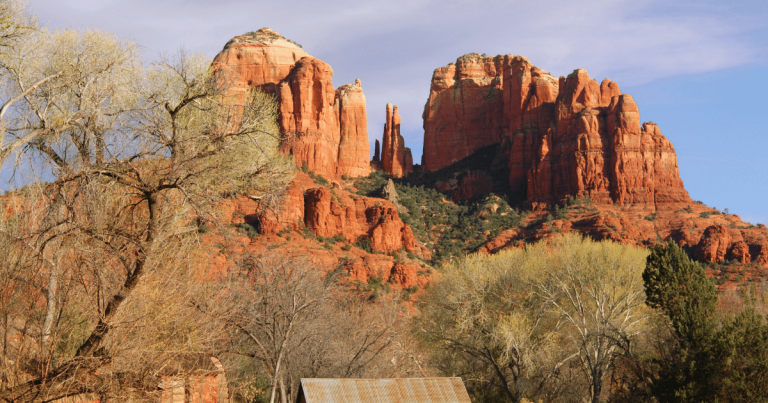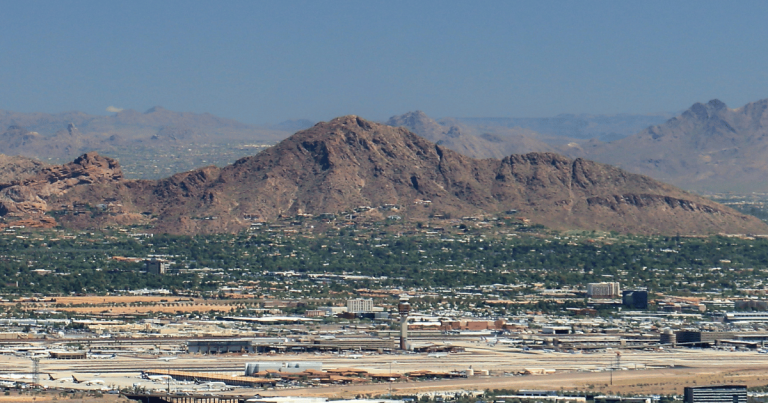Explore the Wonders of Death Valley Highway
In the realm of extremes, where the sun’s embrace is both relentless and transformative, there exists a ribbon of asphalt that cuts through the heart of one of Earth’s most awe-inspiring landscapes – the Death Valley Highway. This iconic stretch of road, officially known as California State Route 190, weaves through the vast expanse of Death Valley, promising intrepid travelers an odyssey of contrasts, from rugged desert panoramas to timeless geological wonders. Each mile is a brushstroke on the canvas of an unforgettable journey – a trip that whispers tales of ancient tectonic forces, echoes the footprints of pioneers, and beckons the curious to traverse the very fabric of extremes.
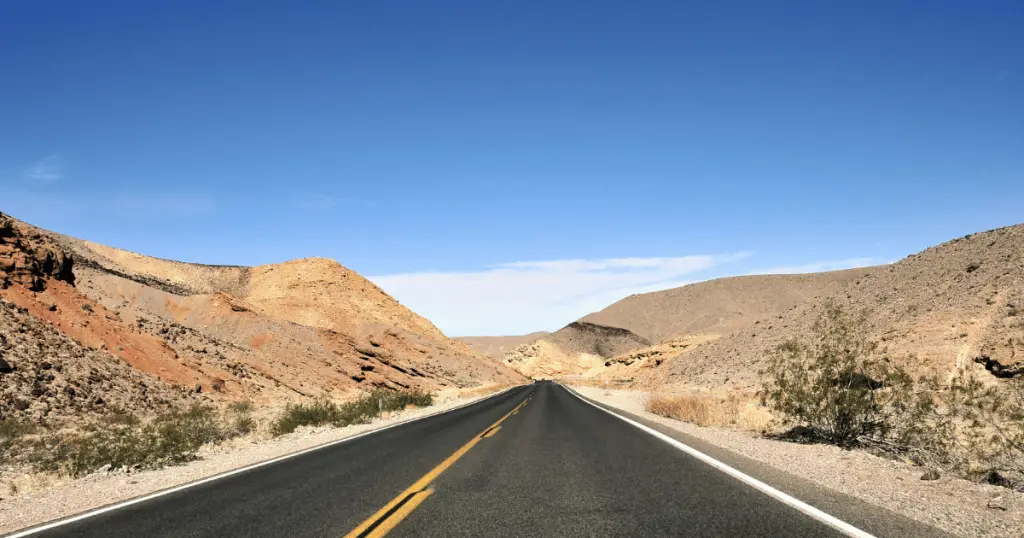
A Glimpse into the Past: The Death Valley Highway
The history of the Death Valley Highway, or California State Route 190, is etched into the very heart of the American West. It’s a testament to human resilience and a monument to the power of exploration. It was during the mid-19th century gold rush that prospectors first ventured into this harsh, yet captivating, landscape. Their hope, albeit often unfulfilled, was the discovery of hidden treasures beneath the scorched desert floor.
Deep within the borders of the Death Valley National Park, the highway stretches over 130 miles from the eastern Sierra Nevada in the west to Death Valley Junction in the east. The route begins in Olancha at the junction with U.S. Route 395, winds its way past Owens Lake, climbs through the Panamint Range at Towne Pass, before descending into the remarkable expanse of Death Valley itself, and ending in the arid flatlands near Death Valley Junction.

Scenic Overlooks and Points of Interest Along Death Valley Highway
One cannot discuss the Death Valley Highway without mentioning the breathtaking scenic overlooks and points of interest that punctuate this iconic route. These stops are not merely breaks in the journey; they’re windows into the geological and cultural narratives of the region.
- Father Crowley Overlook: This panoramic viewpoint offers a sweeping vista of Rainbow Canyon’s multicolored rock formations. Known colloquially as “Star Wars Canyon,” this lookout point is a favorite for photographers and occasionally, lucky visitors may even spot military jets streaking through the canyon.
- Zabriskie Point: As one of the most famous views in Death Valley, Zabriskie Point boasts a surreal landscape of eroded badlands. The sun-drenched ridges and shadowed valleys below offer a stunning display of Death Valley’s geological variety.
- Dante’s View: Ascend to this viewpoint for a truly celestial perspective. From over a mile above the valley floor, Dante’s View provides a bird’s eye panorama of the salt flats and the rugged, mountainous horizon.
- Artist’s Drive and Palette: A drive through this winding, one-way road reveals why it’s named ‘Artist’s Drive.’ The rock formations here are a riot of colors, thanks to a rich concentration of various mineral deposits. The Artist’s Palette, in particular, is an explosion of pinks, greens, yellows, and purples that seem to defy the arid desert context.
- Badwater Basin: The lowest point in North America, Badwater Basin is an otherworldly landscape of vast salt flats. It’s a stark reminder of the inhospitable beauty that Death Valley encapsulates.
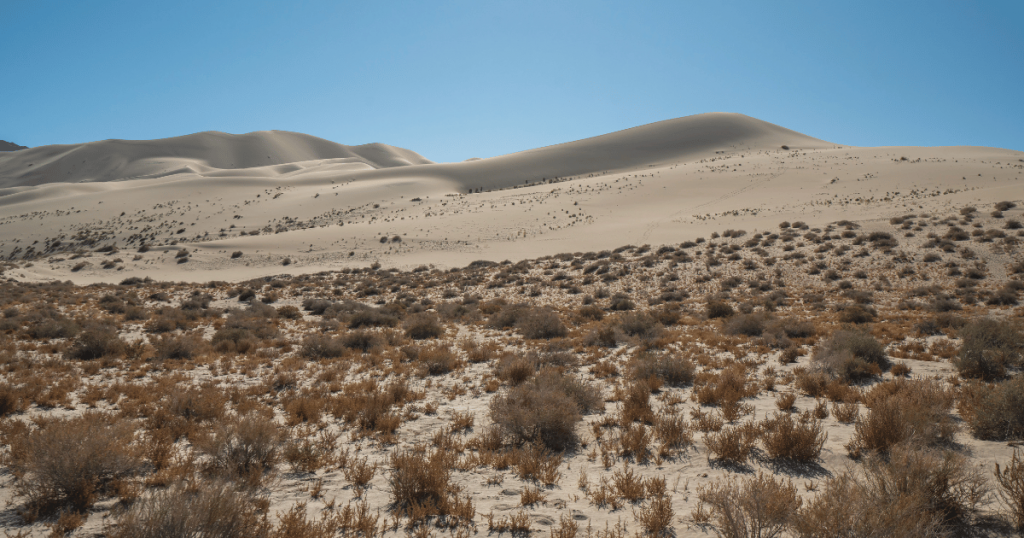
Hidden Gems Off the Beaten Path Near Death Valley Highway
While the mainstream attractions along the Death Valley Highway are breathtaking, the region also boasts a variety of lesser-known wonders that beg exploration. For travelers with a spirit of adventure, these off-the-beaten-path locations offer unique experiences and unforgettable vistas.
- Darwin Falls: Nestled in the arid desert landscape, this surprising oasis is a testament to the power of water in the desert. A relatively easy hike will take you to this year-round waterfall, a refreshing respite from the harsh desert environment.
- The Racetrack: This remote and scenic dry lake features ‘sailing stones’ that have baffled scientists for decades. The stones seemingly move on their own, leaving long tracks behind them. Getting to this secluded marvel is a challenge but witnessing the geological mystery firsthand is worth the effort.
- Eureka Dunes: These are the tallest sand dunes in California and among the tallest in North America. Eureka Dunes are a bit off the beaten path, but the serenity and the unique ‘singing sands’ phenomenon make them a must-visit.
- Titus Canyon: A drive through this narrow, rugged canyon offers an adventurous detour off the main highway. The canyon walls, rich with vibrant colors and geological formations, tower above as the road twists and winds its way through.
- Saline Valley Hot Springs: It’s a challenge to reach these remote, clothing-optional hot springs, but those who make the journey are rewarded with a soak in a serene desert oasis.
Camping Along the Death Valley Highway: An Unparalleled Experience Under the Desert Stars
Camping in and around the Death Valley Highway offers an immersive way to experience the stark beauty of this rugged landscape. The night sky, untouched by urban light pollution, transforms into a celestial canvas, making camping under the desert stars an experience to cherish.
- Furnace Creek Campground: This campground, open year-round, is one of the most popular in Death Valley National Park. The site offers tent and RV camping, with amenities including potable water, restrooms, and a dump station. The campground’s central location provides easy access to nearby points of interest such as the Death Valley Visitor Center, the Harmony Borax Works, and the Borax Museum.
- Stovepipe Wells Campground: Stovepipe Wells is another fantastic camping option on the Death Valley Highway. Open from October to April, Stovepipe Wells offers tent and RV spots with water and restroom facilities. It’s conveniently located near attractions like the Mesquite Flat Sand Dunes and the historic Stovepipe Wells Village.
- Wildrose Campground: Nestled amidst Wildrose Canyon’s tranquility, this campground is a peaceful retreat from the desert heat. It offers tent camping, pit toilets, and picnic tables but no water. From here, visitors can take the adventurous drive to the Charcoal Kilns and further to Mahogany Flat trailhead, leading to Telescope Peak.
- Emigrant Campground: This small, tent-only campground is an ideal stopover for those traveling the Death Valley Highway. Although it offers only ten sites, it provides picnic tables, flush toilets, and drinking water. The best part? It’s open all year round.
- Dispersed Camping: If structured campgrounds do not align with your taste for adventure, dispersed camping is an option within Death Valley National Park. Locations like Saline Valley and the Racetrack offer the opportunity to camp in the wilderness, away from developed campgrounds.

Culinary Delights of the Desert: Savor the Flavors Along the Death Valley Highway
Eating along the Death Valley Highway is an adventure in itself, offering opportunities to sample unique desert-inspired dishes and local delicacies. Here are some recommended eateries where you can refuel and enjoy delectable meals:
- The Inn at Death Valley Dining Room: With panoramic views of the desert landscape, this elegant dining room offers a refined culinary experience. The menu features a mix of classic American fare and unique dishes inspired by the desert surroundings. Be sure to try their signature date bread.
- Stovepipe Wells Village Restaurant: This casual eatery is a great place to unwind after a day of sightseeing. With hearty meals, including juicy burgers and steaks, it’s a beloved location amongst travelers. Their homemade chili, served with a side of stunning desert views, is a must-try.
- The Last Kind Words Saloon: Located in the historic ghost town of Rhyolite, this quirky saloon offers a range of sandwiches, pizzas, and cold beverages. It’s a perfect spot for a laid-back lunch in an atmospheric setting.
- The Ranch at Death Valley: Offering both a buffet and a la carte meals, this restaurant is known for its excellent variety and quality. You’ll find everything from fresh salads and sandwiches to steaks and seafood. Do not miss out on their famous Death Valley Date Nut Bread.
- Panamint Springs Resort Restaurant: This restaurant serves up classic diner fare with a twist. Try the buffalo burger or the homemade pizza, but make sure to save room for a slice of their infamous prickly pear cactus pie.
Final Thoughts
Death Valley Highway offers more than just a journey through barren lands. It’s a treasure trove of geological marvels, starlit campsites, culinary adventures, and unforgettable experiences. Each twist and turn of the road reveals an aspect of the desert’s unconquerable spirit, making this journey a testament to the enduring allure of the wild. So gear up and hit the road – a world of desert wonders awaits you.


